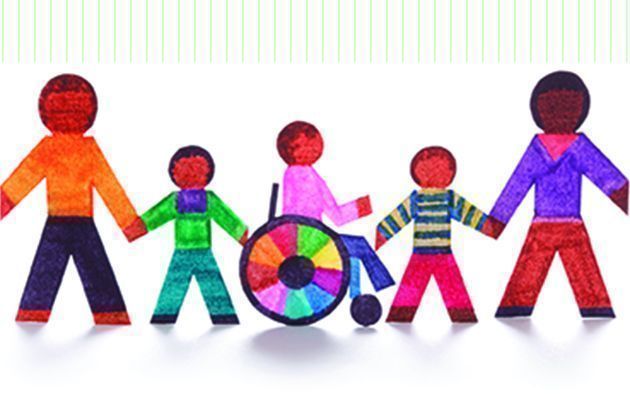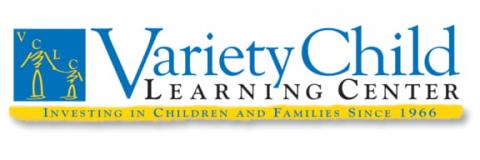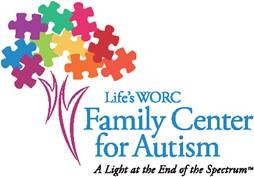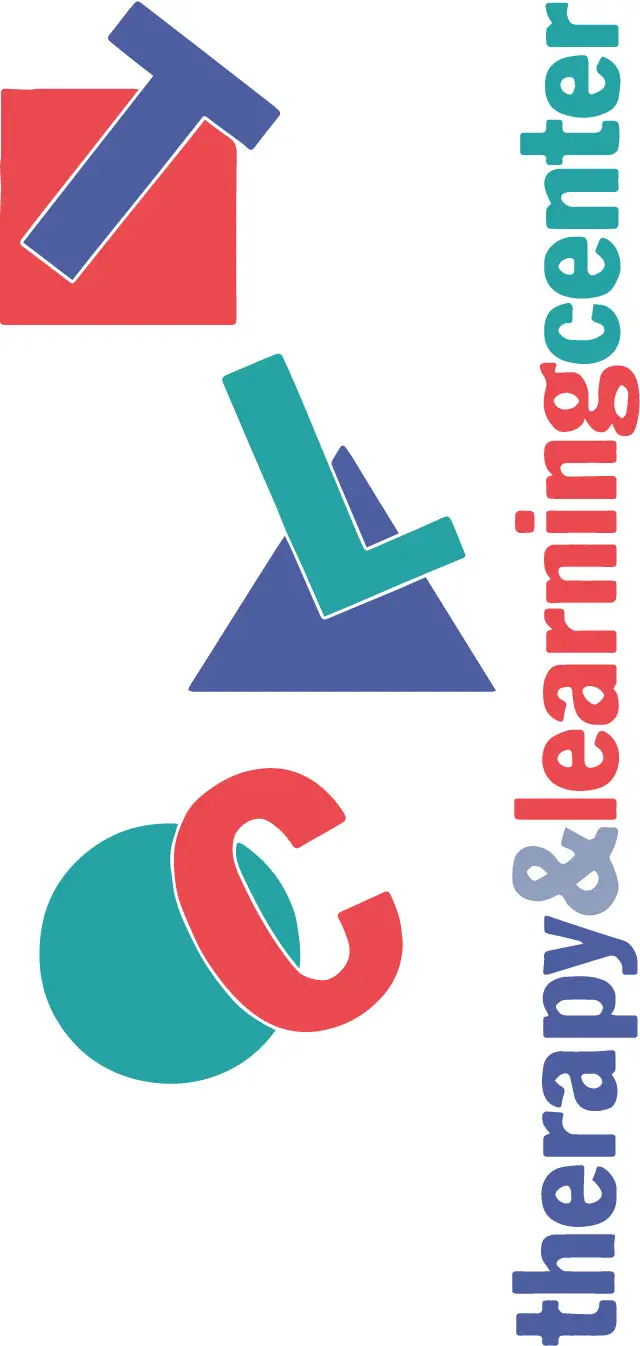
Here’s How Proposed Medicaid Cuts Will Affect Your Child with Special Needs
Proposed changes and cuts to the state’s Medicaid budget will be enacted after the pandemic emergency is over.
Get kid-friendly activities sent to you!
Get the Best Kid-Friendly Activities
Sent to You Weekly!
RELATED: What Do You Wish People Knew About Autism?









